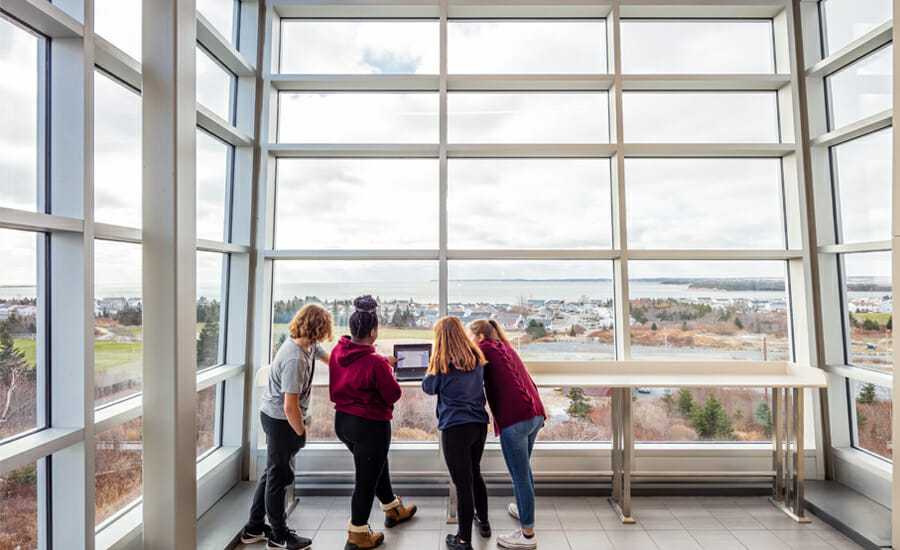Our education shapes our opportunities. The greater our understanding, the greater our chances of a successful and fulfilling career and achieving our life’s ambitions. A well-designed school has the power to inspire, ignite our curiosity and be a force for cultural change.
Less than a hundred years ago, educational institutions were used as a tool of segregation, with separate schools based on ethnicity, gender expression and cultural identity. We still feel the impact of these policies today. Fortunately, the pendulum has swung in the opposite direction, to encourage a more inclusive experience, valuing diversity of thought and backgrounds over social divisions. Mix in community health concerns like COVID-19 and you can see how the past two years have been instructive.
EXP’s director and senior architect in Eastern Canada, Stephen Outerbridge, has been at the forefront of these changes. When he first joined EXP, he had a large portfolio of institutional buildings and community spaces, but he immediately identified learning environments as an opportunity for the company, and his personal growth. Taking advantage of EXP’s tuition reimbursement program, Stephen pursued his accreditation as a learning environment planner (ALEP) and has applied his continuing education to the benefit of schools across the region and has encountered some unique challenges along the way.
“Learning is cyclical,” explains Stephen. “Understanding the clients’ unique concerns, offering our guidance and sharing ideas is how we can develop solutions that can have broader application.”
For instance, Stephen recently worked on a high school that was having issues with bullying. It was a concern for parents, faculty and administration, and it was through open and honest conversations and probing questions that Stephen was able to find an architectural solution for a social problem. Change rooms and washrooms seemed to be where most bullying occurred, where it was secluded and out of view.
Stephen recommended turning the problem inside out. “If bullying happens in the darkness, let’s open the doors, give it windows, give it light. If it’s directed at girls or boys, let’s neutralize the differences and remove the barriers.”
In change rooms, he created private spaces for individual use, for students to change and get ready for gym or other activities, and then common spaces for them to gather and be seen by their peers. This approach removed the opportunity for most intimidation or harassment.
In washrooms, he took labels and doors out of the equation. Anyone could use the facilities, regardless of how they identify. They featured four-meter openings, allowing greater accessibility and sensored fixtures that ensured the room is touchless, mitigating the transmission of viruses and other unhealthy contaminants.
“We’ve had great success with this design concept,” says Stephen. “Not only does it have a positive impact on a more inclusive and cohesive student body, but it’s transferable and scalable. We’ve been able to adjust the concept for different grades and building types.”
At EXP, we never stop learning. It’s what drives our culture of innovation. We incorporate and share that knowledge so that everyone can benefit. Together, we’re influencing the future of education for our clients, our colleagues and our communities.
*Originally published in EXP’s Expresso: Shaping Tomorrow

